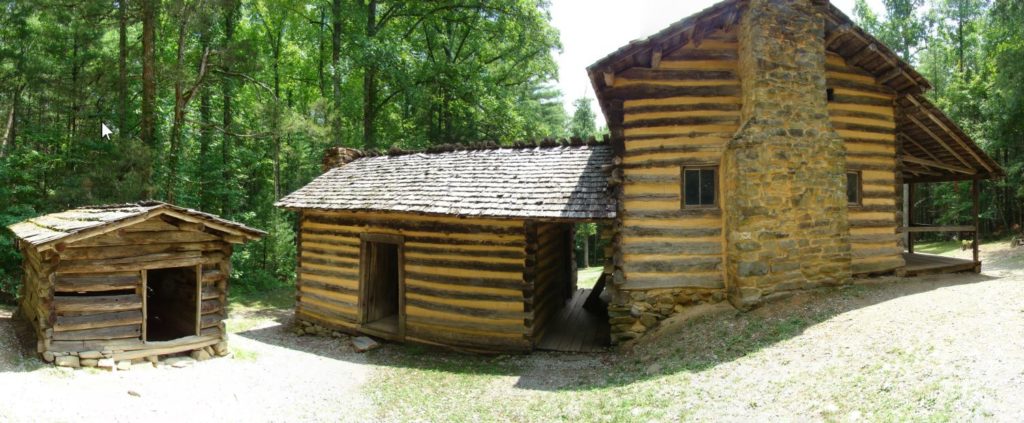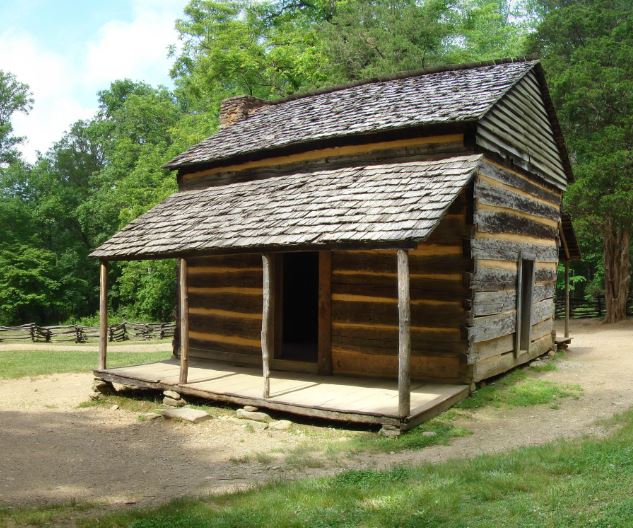The Great Smoky Mountains National Park, a sprawling haven of biodiversity and natural beauty, holds within its mist-shrouded peaks a rich tapestry of history. Established in 1934 and spanning across the border of North Carolina and Tennessee, this iconic park has not only preserved the stunning landscapes of the Southern Appalachians but also encapsulated the stories of the people who once called this region home. Join us on a journey through time as we delve into the captivating history of the Great Smoky Mountains National Park.
Cherokee Legacy:
Long before the park’s establishment, the Great Smoky Mountains were home to the Cherokee people, who referred to the area as “Shaconage,” meaning “place of blue smoke.” The Cherokee, with their deep connection to the land, left an indelible mark on the region, evident in the remnants of ancient settlements, ceremonial mounds, and the rich lore that still whispers through the forested valleys.
Tragically, the forced removal of the Cherokee along the Trail of Tears in the 1830s marked a dark chapter in American history. Today, the park recognizes and honors the Cherokee legacy through interpretive programs and exhibits.

Pioneer Settlers and Mountain Life:
As European settlers pushed westward, the Great Smoky Mountains became a haven for pioneers seeking a new life. Homesteads and communities dotted the landscape, their remnants now preserved as living testaments to the resilience and resourcefulness of those early settlers.
The preserved log cabins, gristmills, and churches within the park, such as the John Oliver Cabin and the Cades Cove Primitive Baptist Church, offer a glimpse into the challenges and triumphs of mountain life in the 19th and early 20th centuries. The Walker Sisters, a notable family of settlers, maintained a traditional way of life well into the 20th century, and their cabin remains a testament to their determination.
Creation of the National Park:
In the early 20th century, as the logging industry threatened to denude the mountains, visionary individuals recognized the need for preservation. The efforts of individuals like Horace Kephart, a writer and outdoorsman, and George Masa, a photographer and naturalist, played a crucial role in advocating for the establishment of the Great Smoky Mountains National Park.
In 1934, after years of dedicated work, President Franklin D. Roosevelt officially dedicated the park, making it the first national park whose land was purchased entirely with federal funds. Today, it stands as a testament to the foresight and dedication of those who sought to protect this unique and irreplaceable natural treasure.
The Great Smoky Mountains National Park weaves together the threads of time, showcasing the enduring legacy of Native Americans, the resilience of pioneer settlers, and the vision of conservationists who worked tirelessly to create a sanctuary for future generations. As you explore the misty peaks, lush forests, and historic homesteads within the park, remember that you are stepping into a living museum, where the echoes of the past resonate in harmony with the timeless beauty of the Southern Appalachians.





